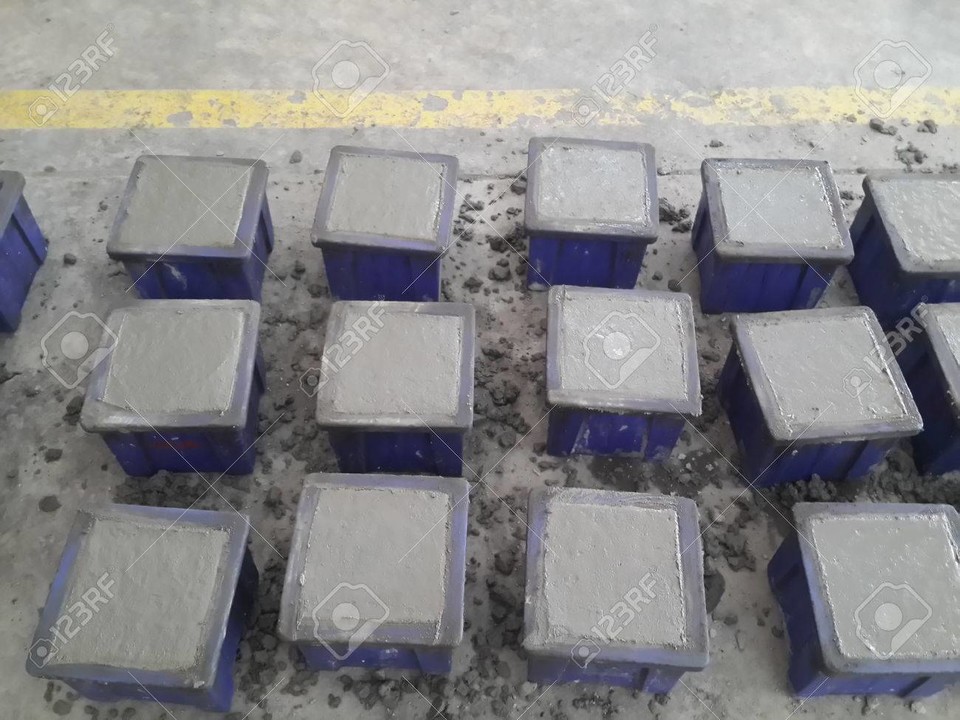
Why do we test concrete on 28th day? why not on 27th day or 29th day?
This question remained unanswered to me until I got into final year of graduation. I explored a lot to get the answer by approaching various text book sources from the college library (remember there was NO google in April 1992), civil engineering associations and institutions from UK, Australia, etc. But the answer came from an unexpected source in my hometown, Mr Damodharan Nair, a retired draftsman of Thanjavur Municipality. Before we go to the answer, we have to peep into the history of civil engineering. As we all know civil engineering and concrete technology were developed and practiced in England in ancient times and now US is leading in advancing the technology further.
Concrete achieves its maximum material strength over its life time and depreciated by exposure and other environmental conditions. However, engineers with experience observed that about 99% of expected design strength was achieved in about 30 days and also observed that the rate of gaining strength was reducing thereafter making the concrete achieving its 100% design strength in a year or two.
The Church was so powerful those days that it was compulsory for every citizen to attend Sunday prayer without fail. The defaulters were punished severely. If they had to test concrete on the 30th day, it may fall on a Sunday. In order to escape the punishment by the Church, the engineers had two choices - they have to test concrete cube on 28th day (4x7) or 35th day (5x7). Since 35th day was far away from 30 days, the engineers started to test the concrete on 28th day. And the 28th day will never fall on a Sunday because they would never go to work and cast the concrete on Sunday. This custom was later made as part of British Standards when it evolved. Most of the Indian standards are based on the corresponding British standards and hence we also follow the same 28th day benchmark to test the concrete strength.
Now you can relate this information to our practice to test concrete on 7th, 14th and 28th day. (all in multiples of 7). While it is interesting to know the bit of history of concrete testing, its now time to re-think the age at which we test concrete. India in the past installed many coal fired thermal power plants of which the fly ash was a major by-product. The fly ash accumulated over years posed a big source of air pollution. So the authorities after many discussions with experts have given direction to cement plants to add increased percentage of fly ash in the cement manufacturing. As a result, the rate at which the concrete use to achieve strength has reduced and in many cases, 99% strength was achieved beyond the benchmark of 28 days. We have been constantly persuading the Bureau of Indian Standards to increase it from 28 days to 36 days. Of course, this is not good news for the Developers who are driven with promises of 7 day slab cycle in high rise projects.
The purpose of this article is to pacify the feeling of chill running down your spine when a concrete cube test fails next time. If the cubes fail on 28th day test, no need to panic and call for a NDT. You can wait and test another set of cubes on 36th day or 45th day. It is better to plan well and cast few additional sets of cubes at the time of casting.
Frontend Developer
1yinteresting
Ingeniero
3yInteresting article. Something that is not clear to me, it was not easier to skip a day. Prepare the samples a day before or day after and solved the problem or not? If I start on Monday, March 1, 2020, after 30 days, it falls on Tuesday, but if I prepare the test tube on March 1, after 28 days, it falls on Sunday, I have the same problem.
Project Manager, Resident Engineer( Supervisor ),Material Engineer ....all.
4yThanks for sharing the information.
Find patturn through data
5ywonderful historical Ans for code
Chief Bridge/Roadway Inspector at OLH Inc.
5yYou can test it as early as 3 days if it’s an early break. As far as the 28 day specimens I’m sure it’s thru trial & error that they came up w/ 28 days. But some types of concrete continues to gain strength even after 28 days.